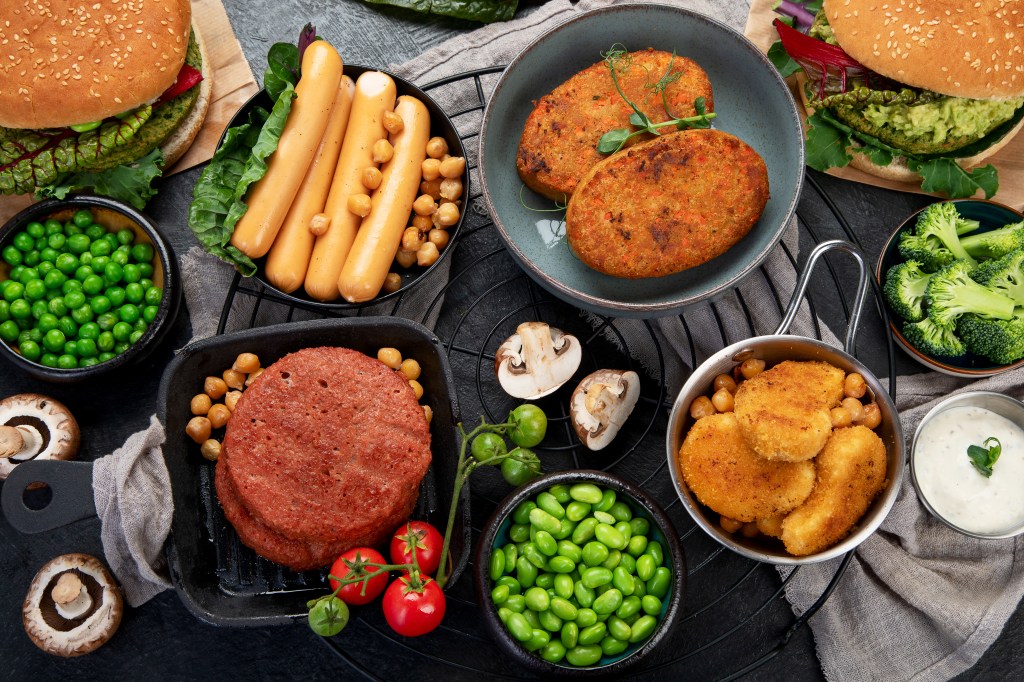5 Key Trends in Coffee
Coffee consumption has been on a rollercoaster of a ride in the past few years. First, consumers had to grapple with the COVID-19 pandemic and now they’re facing intense inflationary pressures. Unsurprisingly, this has helped shape how and why they shop for coffee.
With that in mind, here are 5 key coffee trends shaping the market:
1. Increased At-home Coffee Consumption
In-home coffee consumption has been on the rise for a few years. During the COVID-19 pandemic, more people started brewing coffee at home instead of going to coffee shops. As consumers emerged from quarantine and the effects of COVID lessened, this looked to change, But, the return to on-premise coffee consumption has been stymied by the impact of inflation. Today, 35% of shoppers are focused on only buying the essentials. And a quarter of Americans are buying larger sizes of products with long shelf lives as a savings strategy to get a lower cost per use.1
That means coffee brands that offer convenience and cost-savings are making gains in the marketplace. This trend is likely to continue, as people continue to seek relief from inflation and adapt to more at-home consumption. By aligning with shifting consumer behaviors and offering some alleviation for their economic pressure, CPG coffee brands have the opportunity to finish 2023 strong.
2. Rising Popularity of Cold Brew Coffee
Cold brew coffee is another beverage that has been gaining popularity in recent years. It’s made by steeping coarsely ground coffee beans in cold water for 12-24 hours. This results in a coffee that is less acidic and has a smoother flavor than traditional hot-brewed coffee. This may be done at-home by the consumer, but many brands are now selling pre-made cold brews so consumers don’t have to wait for their favorite drink.
One of the biggest drivers of the trend is that cold brew coffee is often seen as a healthier alternative. It’s lower in acidity and contains less caffeine than traditional coffee. It’s also relatively easy to make at home. This might be a major driver behind the growth of ready-to-drink and premade coffee, which is up 12.1% over last year.2 This is opening new doors for coffee brands and providing the opportunity to expand their assortments.

Are you following CPG best practices?
In our free eBook, we share some of the key ways successful CPG brands are staying on top in a chaotic marketplace and ways that you can adopt their habits.
3. Growth of Alternative Coffee Additives
Plant-based milk, such as almond milk and soy milk, has become increasingly popular in recent years. In fact, even though consumers are facing inflationary pressures, the alternative milk beverage industry is experiencing remarkable growth, reaching $3.3 billion in total US Omni Sales this year. That’s an 11.6% increase over last year.3
Unsurprisingly, this trend has also extended to coffee, with many coffee brands now offering plant-based creamer options. With coffee creamer reaching $2.8 billion in sales last year, up 21.2% over last year, there are opportunities.3 By targeting consumers seeking healthier alternatives to dairy creamer, CPG coffee brands can extend their product line and align with a growing trend.
4. Demand for Sustainability and Wellness in Coffee
One thing is clear, consumers care about sustainability, and they’re backing it up with their wallets. They are also becoming more aware of the environmental impact of coffee production. As a result, there is a growing demand for coffee that is sourced from sustainable farms. In fact, responsible sourcing is one of the most important sustainability claims to 45% of consumers.4 And, with almost all consumers (95%) trying to take some action to live sustainably, there’s ample room for growth.4 Coffee brands that use ethical, sustainable sources and market it well, can take advantage of this growing demand.
Wellness demands are also on the rise. According to NIQ’s 2023 Consumer Outlook, 46% of consumers identified physical or mental wellness as one of their top priorities in 2023.5 Coffee has been shown to have a number of health benefits, including boosting energy levels, improving cognitive function, and reducing the risk of some chronic diseases. This has led to increased interest in coffee consumption, particularly among health-conscious consumers, opening up new doors for more coffee brands.
5. Rapid Gains in Online and Value Retail
Supply chain issues and ecommerce growth have both generally stabilized, making availability and findability across the omnichannel landscape the new name of the game. Online growth still far outpaces in-store growth for Coffee. With online coffee sales reaching $5.8 billion in the past year, up 23.9%, this opens up new opportunities for many brands.3 Even better, even though 70% of consumers surveyed say they spend the most offline in physical stores, shopping habits are evolving and will continue to infiltrate how spending budgets are allocated in the omni world of retail.5
Additionally, traditional grocery continues to cede share of Beverage sales to Value retail. This is in line with other methods of saving that consumers seek due to inflationary pressures. Coffee brands that fit the value model or have expanded their offerings to get into these retailers are seeing gains from this shift. This is also where much of the private label growth can be seen.
How to Adapt to Changing Coffee Trends
The coffee industry is constantly evolving, with new trends emerging all the time. CPG brands that want to stay ahead of the curve need to be able to adapt to these changes. This all starts with understanding who your target customers are and why they may be shifting their coffee consumption habits. Take a closer look at your product offerings and how they align with the trends before making any decisions. Sometimes it’s as simple as a new marketing campaign, or it may be as big as a new product innovation.
In addition to paying attention to consumer trends and being innovative, CPG brands can also adapt to changing coffee trends by partnering with other brands, using data to their advantage, personalizing their offerings, leveraging social media, and investing in sustainability. By following these tips, CPG brands can adapt to changing coffee trends and stay ahead of the competition.

Brew up Better Growth with NIQ
The coffee market is shifting, but if you don’t have the right data and insights, you’re likely to fall behind. NIQ offers a range of solutions and expert insights to support brands of all sizes.
Emerging brands can start their journey with a free Byzzer™ subscription, NIQ’s platform built for emerging brands and their budgets. Free access gets you 3 free reports and a weekly alert to get you started with data. Byzzer™ provides breakdowns of a wide range of attributes and markets in easy-to-digest reports.
Best of all, we’ll show you how to leverage this information for your action plan. It’s never too early to start acting on data.
Interested in more valuable insights like these?
Sources:
1 NIQ – Inflation Hub
2 NIQ Total US xAOC, last 52 Wks ending 4/29/23
3 NIQ Total U.S. xAOC Latest 52 Weeks Period Ending July 1, 2023t
4 NIQ Report – The changing story of sustainability
5 NIQ Report – 2023 Consumer Outlook



